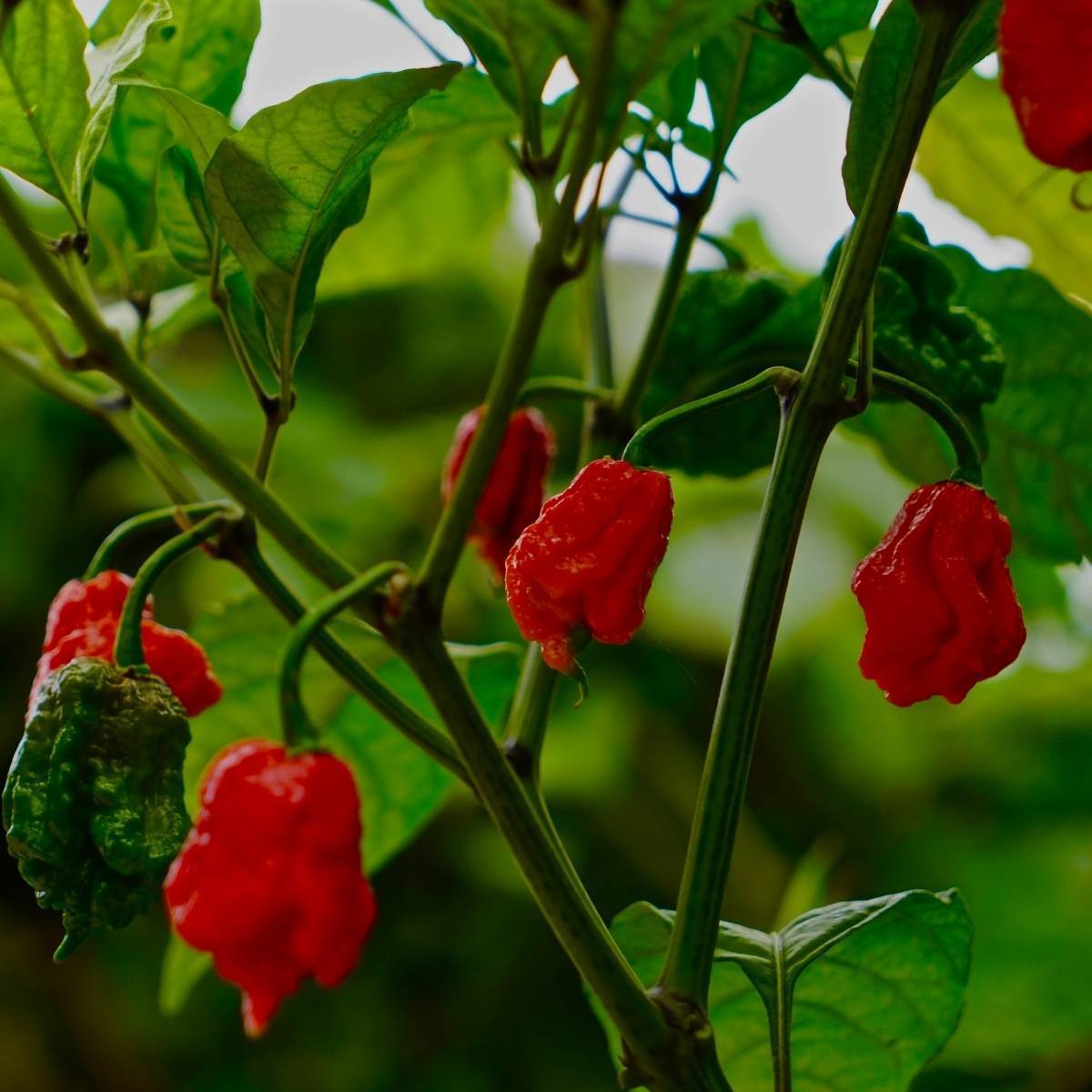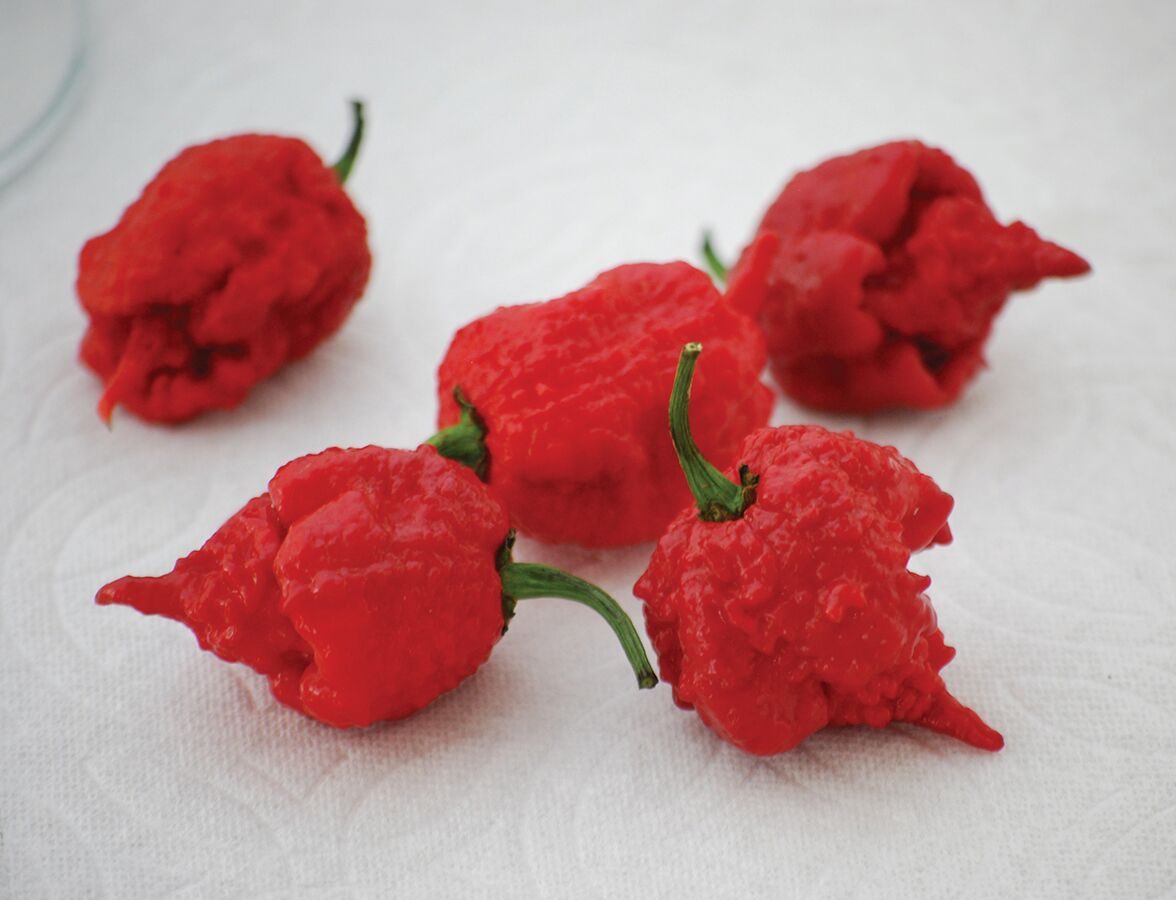
Could the fertiliser be providing an problem by providing a unbalance in nutrients?.Generally speaking how long does it take for chili to mature.Are Carolina Reaper always suppose to turn red? Could it be I have a green variety? Have not seen anything on the net about this.The fertiliser product can be viewed on this product page. This fertiliser works wonders on my other plants but since I am still a light green thumb I am worried about being over eager in my care of my plants. I feed them PowerFeed fertiliser every 1-2 weeks. UV index is normally between High and extreme during summer. Temperatures of 40 degree centigrade and the sun can be deadly Some background about the growing conditions.Ĭhilli plants are housed in a grow cage with a shade netting(letsĩ0% light through), I live in Sydney west where we are seeing Note that I planted some Ghost chili with this(pale white variety) and they are also fruiting and turning paler. The chillies are also getting quite huge and even though I use them in cooking I only need a small amount at a time, these chilli's are low grade tear gas. I am worried if I leave it longer they might become mushy and unusable. However the fruits have not even started turning red and some have been around for more than a month. Now the plants are doing well and one is producing a lot chilli fruits. The Carolina Reaper is so hot that a 34-year-old man who ate one during a contest in the US ended up in casualty suffering from “thunderclap headaches”.I recently planted several types of chilli including the insanely hot Carolina reaper. The heat of the peppers was certified by students at Winthrop University, who test food as part of their undergraduate classes. In 2013, the Carolina Reaper chilli pepper was termed the hottest on Earth, ending a more than four-year drive to prove no one grows a more scorching chilli. Since then, several other varieties of the chilli peppers took the top spot, including the Trinidad Moruga Scorpion (so hot "you might be better off eating an actual scorpion") The authorities were also planning to coat fences of army bases near reserve forests with Bhut Jolokia to keep rogue Grown in the northeast India’s Nagaland and Assam states Bhut Jolokia is about 1,000 times more spicy than the common chilli and twice as fiery as the Red Savina, a Mexican variety.

Indian security forces are planning to use the world's hottest chilli powder in non-lethal hand grenades to control riots and in counter-insurgency operations to numb the enemy and immobilize them without seriously wounding or killing them. The world’s hottest chilli could soon become part of India’s defence armoury with scientists in the Defence Research and Development Organization (DRDO) trying to develop teargas canisters and hand grenades by mixing the fiery pepper to control riots and combat separatists. PHOTO: RITU_RAJ_KONWAR GUWAHATI-10-07-2009Ī vendor sales world’s hottest chilli “Bhut Jolokia” in a local market in Guwahati on Friday, July 10, 2009. A kilogram of Bhut Jolokia sells at about Rs.250 in Assam state.

The authorities were also planning to coat fences of army bases near reserve forests with Bhut Jolokia to keep rogue elephants away. A vendor sales world’s hottest chilli “Bhut Jolokia” in a local market in Guwahati on Friday, July 10, 2009.


 0 kommentar(er)
0 kommentar(er)
